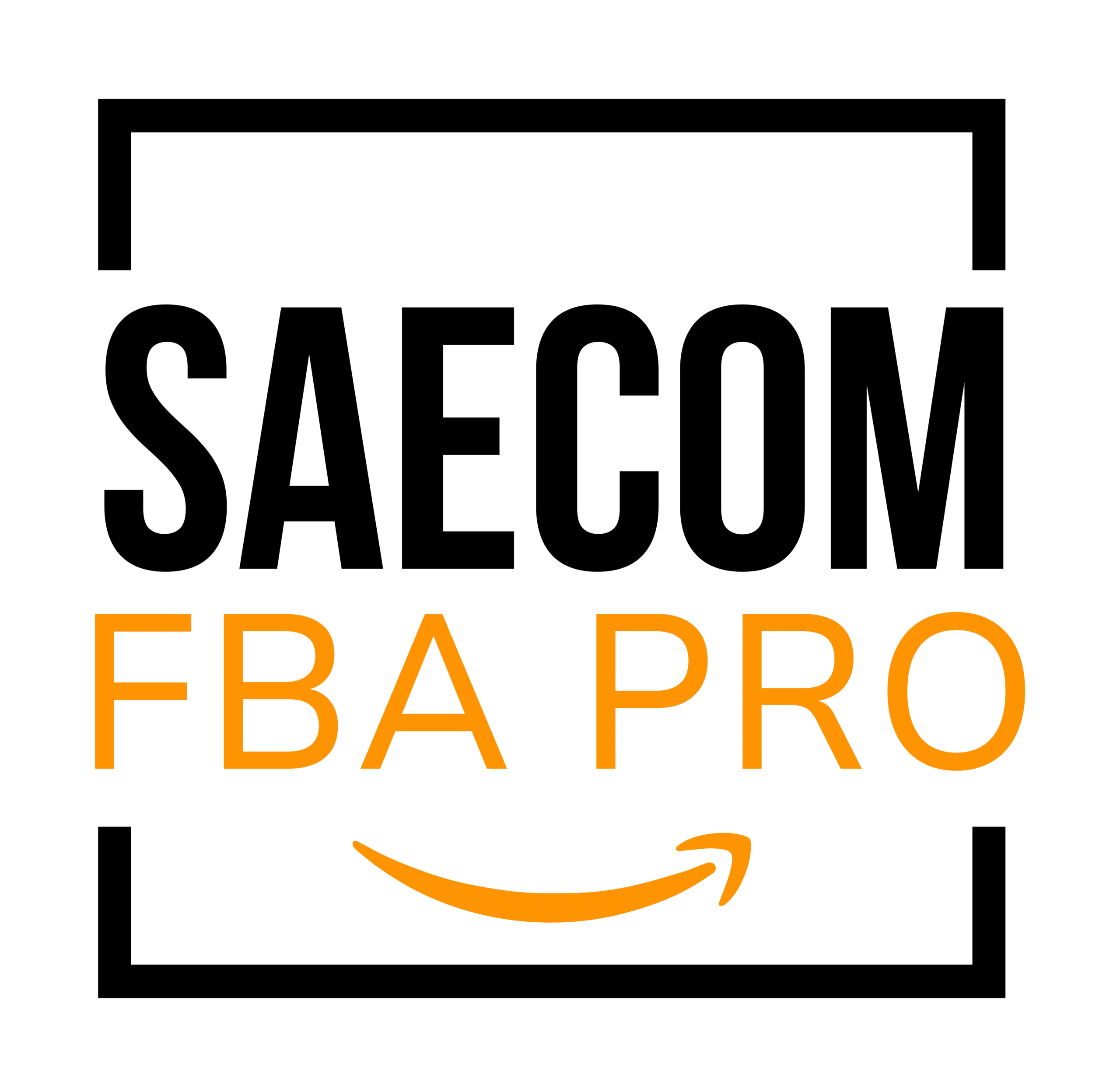Frustration-Free Packaging: Cut Costs and Impress Buyers
Frustration-free packaging isn’t just about making boxes easy to open; it’s about considering the entire journey of a product from the warehouse to the customer’s doorstep.
Many people assume packaging is merely a functional part of delivering an item, but there’s much more to it.
According to the Unboxing Survey, nearly 60% of businesses use custom-branded packaging, and over 40% of consumers claim branded packaging motivates them to shop with the same business again.
In this guide, we’ll cover the benefits of Amazon’s Frustration-Free Packaging program, explain how to enroll, and discuss how it can help you improve both customer experience and business efficiency.

What is Frustration-Free Packaging?
Frustration-free packaging (FFP) is a simplified packaging method designed to achieve three key objectives:
- Make product unpacking hassle-free
- Cut down on packaging waste
- Support eco-friendly business practices
Unlike conventional packaging, which often involves excessive plastic and complicated materials, FFP uses easy-to-open, minimal packaging made from recyclable materials.
This type of packaging reduces waste by eliminating unnecessary materials while making the unboxing process quicker and safer, without needing tools like scissors or box cutters.
Frustration-Free Packaging vs. Standard Packaging
So, how does Amazon’s Frustration-Free Packaging differ from standard packaging options?
Traditional packaging tends to involve extra layers and mixed materials, providing extra protection but also increasing environmental waste.
In contrast, FFP streamlines the process by using recyclable, eco-friendly materials. It eliminates items like:
- Plastic wraps
- Foam fillers
- Shredded paper
- Twist ties
- Clamshells
- Bubble wrap
A comparison image from The New York Times shows the clear difference between traditional packaging (left) and frustration-free packaging (right) — a concept still relevant today.
When it comes to logistics, standard packaging often needs extra handling and labeling, which can increase shipping time and costs. FFP makes things faster by attaching shipping labels directly to the product’s packaging, avoiding the need for extra boxes.
Benefits of Frustration-Free Packaging for Sellers
Here’s how adopting Frustration-Free Packaging can benefit Amazon sellers:
Customer Satisfaction
Recent research by GWI shows that 42% of consumers in the US and UK value sustainable materials in the products they purchase. FFP offers customers a clean, simple, and easy unboxing experience, free of frustrating clamshells, zip ties, and excess plastics.
Sustainability
Beyond boosting customer trust, FFP helps brands hit their environmental targets by cutting down on packaging waste. Considering that e-commerce packaging creates 165 million tons of waste each year, FFP plays a key role in reducing landfill contributions.
Profitability
By using fewer materials and optimizing package size, sellers can lower material and shipping costs. Amazon’s Ships In Product Packaging (SIPP) program enhances this by allowing products to ship in their original boxes without extra packaging, reducing weight, size, and overall costs.
Other Amazon Packaging Certifications

Frustration-free packaging is part of Amazon’s broader packaging certification framework, which includes three key tiers:
- Frustration-Free Packaging (FFP)
- Ships In Own Container (SIOC)
- Prep-Free Packaging (PFP)
Frustration-Free Packaging (FFP)
This is Amazon’s top sustainability tier. Products are shipped in their original, fully recyclable packaging without additional boxes. It must pass the ISTA 6A transit test to confirm it can handle standard shipping conditions without damage.
Ships In Own Container (SIOC)
SIOC certification allows items to ship in their original packaging without needing an extra box, though it’s slightly less restrictive than FFP. Packaging must still be strong, eco-friendly, and capable of withstanding the shipping process independently — ideal for bulky or oversized products.
Prep-Free Packaging (PFP)
This packaging type requires little to no preparation from Amazon’s fulfillment centers, reducing labor costs and improving efficiency. PFP focuses on simplifying the handling process, not necessarily on recyclability or minimalism like FFP.
How to Get Started with Frustration-Free Packaging
To join Amazon’s Frustration-Free Packaging program, follow these steps:
Evaluate Your Packaging
Start by reviewing your current packaging setup to see if it meets Amazon’s sustainable packaging requirements. Make sure your materials are 100% recyclable and avoid unnecessary plastic and non-recyclables. It’s also essential to check if your packaging can be opened without tools.
Redesign and Optimize Packaging
If your current packaging falls short, redesign it for minimal material use, reduced waste, and durability during shipping. Aim for a box that eliminates overpacking while still protecting the product inside.
Testing Your Packaging
Submit your new packaging design for ISTA-6A testing, which simulates shipping hazards like drops and vibrations. Amazon’s Packaging Support and Supplier Network (APASS) can help you connect with packaging experts to meet these standards.
Prepare for Shipment
Once your packaging passes, correctly apply FBA shipping labels directly onto your product packaging. This step is crucial since your items will ship in their own containers without extra boxes.
Submit Your Certification
Upload your certification documents through Amazon Seller Central or Vendor Central and follow their instructions to finalize enrollment.
Track Performance and Earn Rewards
After enrollment, monitor how your products perform under FFP guidelines. Amazon sometimes offers financial incentives and promotional benefits to sellers who adopt certified packaging.
Guidelines for FFP Certification and Practical Tips

To help you succeed with Frustration-Free Packaging certification, keep these essential guidelines and actionable tips in mind:
Use 100% Recyclable Materials
All FFP packaging must be fully recyclable. Avoid plastic, foam, and other non-recyclables. Amazon emphasizes eco-friendly options to help meet sustainability targets.
Pro Tip: Choose sturdy corrugated cardboard and paper-based inserts. Work with sustainable packaging suppliers to ensure every component meets the required standard.
Design for Simple Unboxing
Packaging should be easily opened within two minutes, without using scissors or knives. Avoid complex features like clamshell packaging or multiple zip ties.
Pro Tip: Host unboxing trials with potential customers and gather feedback. Use their input to fine-tune your packaging design, making sure it’s both secure and hassle-free.
Minimize Packaging Size
FFP packaging should be compact, leaving little to no empty space. Extra filler materials and oversized boxes are discouraged.
Pro Tip: Measure the exact product and packaging dimensions to avoid wasted space. Optimize the product-to-packaging ratio for efficiency and protection.
Apply Correct Shipping Labels
Since FFP products are shipped without an outer box, ensure FBA labels are properly placed and secure. Incorrect labels can cause delays and inventory issues.
Pro Tip: Use waterproof, durable labels on flat areas of the packaging to prevent smudging or peeling during shipping.
In Summary
Frustration-Free Packaging isn’t just a trendy upgrade — it’s a strategic move toward customer satisfaction, operational efficiency, and sustainability in e-commerce.
Whether your goal is reducing operational costs, supporting green initiatives, or boosting customer loyalty, Amazon’s FFP program can give you a competitive advantage in the marketplace.
If you’re considering enrolling in Amazon’s packaging programs or need professional guidance, SAECOM FBA PRO is here to help. With extensive experience managing Amazon projects globally, they can assist you with packaging certifications and other Amazon business needs.


